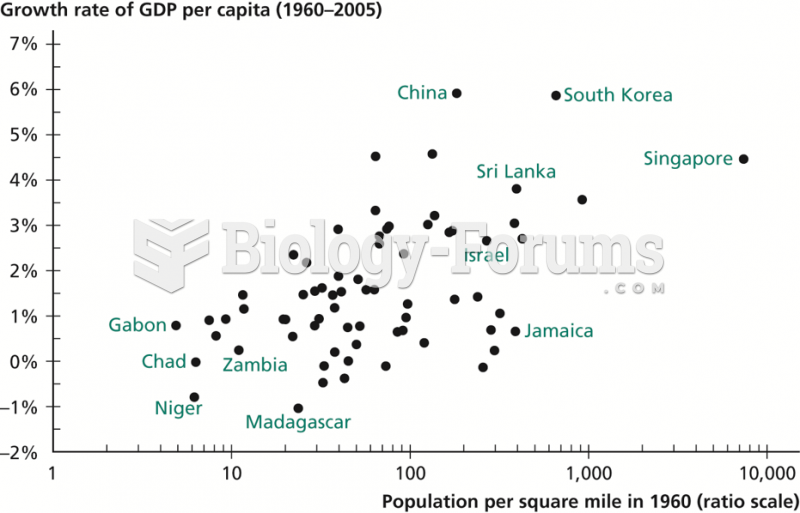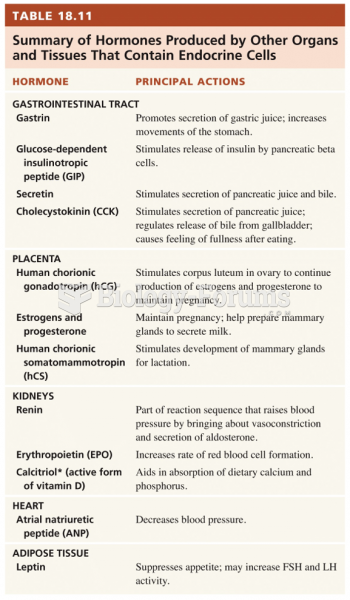One of the central predictions of neo-classical macroeconomic growth theory is that an increase in the growth rate of the population causes at first a decline the growth rate of real output per capita,
but that subsequently the growth rate returns to its natural level, itself determined by the rate of technological innovation. The intuition is that, if the growth rate of the workforce increases, then more has to be saved to provide the new workers with physical capital. However, accumulating capital takes time, so that output per capita falls in the short run.
Under the assumption that population growth is exogenous, a number of regressions of the growth rate of output per capita on current and lagged population growth were performed, as reported below. (A constant was included in the regressions but is not reported. HAC standard errors are in brackets. BIC is listed at the bottom of the table).
Regression of Growth Rate of Real Per-Capita GDP on Lags of Population Growth,
United States, 1825-2000
(1) (2) (3) (4) (5)
Lag
number Dynamic multipliers Dynamic multipliers Dynamic multipliers Dynamic multipliers Dynamic multipliers
0 -0.9
(1.3) -1.1
(1.3) -1.3
(1.7) -0.2
(1.7) -2.0
(1.5)
1 3.5
(1.6) 3.2
(1.6) 1.8
(1.6) 0.8
(1.5) -
2 -1.3
(1.7) -3.0
(1.6) -2.2
(1.4) - -
3 0.2
(1.7) 1.5
(1.2) - - -
4 -2.0
(1.5) - - - -
BIC -234.4 -236.1 -238.5 -240.0 -241.8
(a) Which of these models is favored by the information criterion?
(b) How consistent are these estimates with the theory? Is this a fair test of the theory? Why or why not?
(c) Can you think of any improved data to test the theory?
What will be an ideal response?
Question 2
In your intermediate macroeconomics course, government expenditures and the money supply were treated as exogenous, in the sense that the variables could be changed to conduct economic policy to influence target variables,
but that these variables would not react to changes in the economy as a result of some fixed rule. The St. Louis Model, proposed by two researchers at the Federal Reserve in St. Louis, used this idea to test whether monetary policy or fiscal policy was more effective in influencing output behavior. Although there were various versions of this model, the basic specification was of the following type:
ln(Yt) = 0 + 1ln mt + ... + pln mt-p-1 + p+1ln Gt + ... + p+qln Gt-q-1 + ut
Assuming that money supply and government expenditures are exogenous, how would you estimate dynamic causal effects? Why do you think this type of model is no longer used by most to calculate fiscal and monetary multipliers?
What will be an ideal response?







